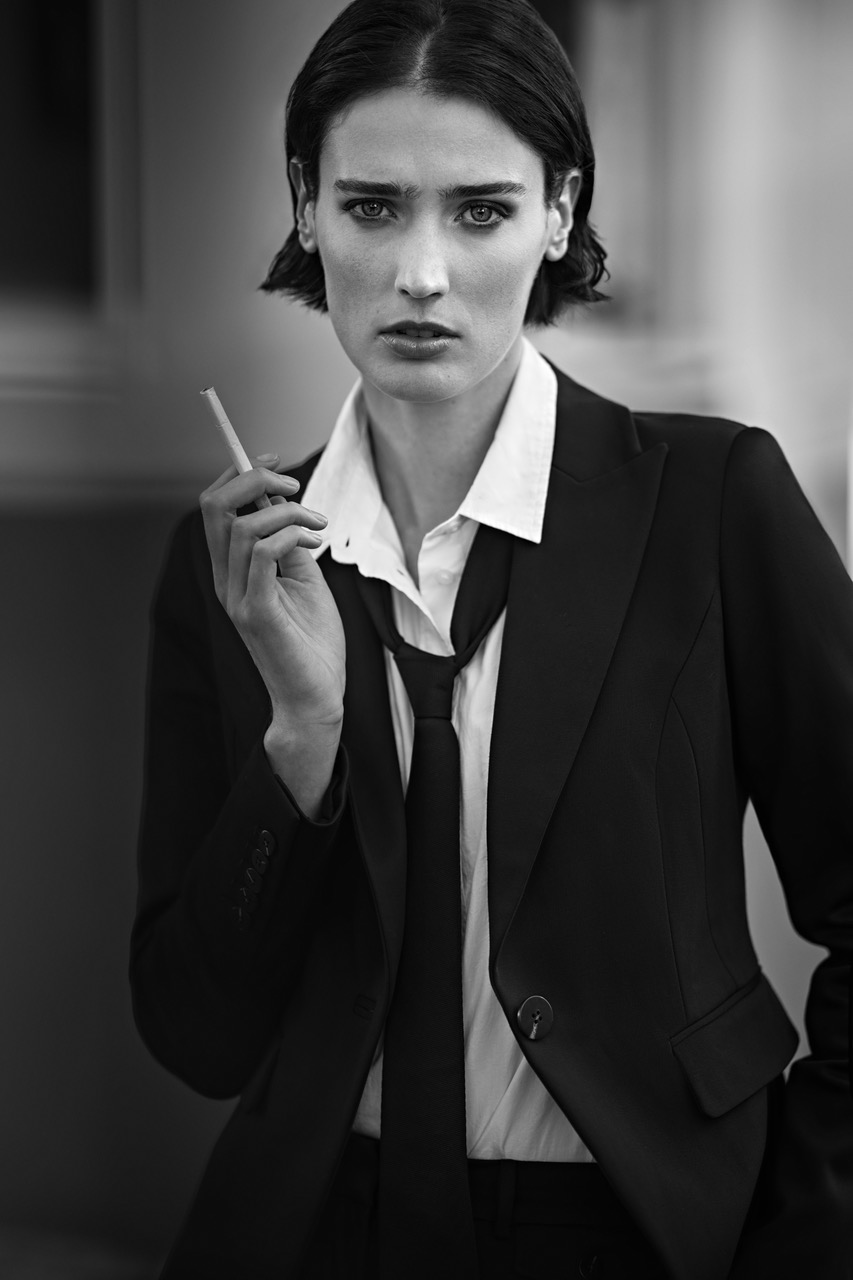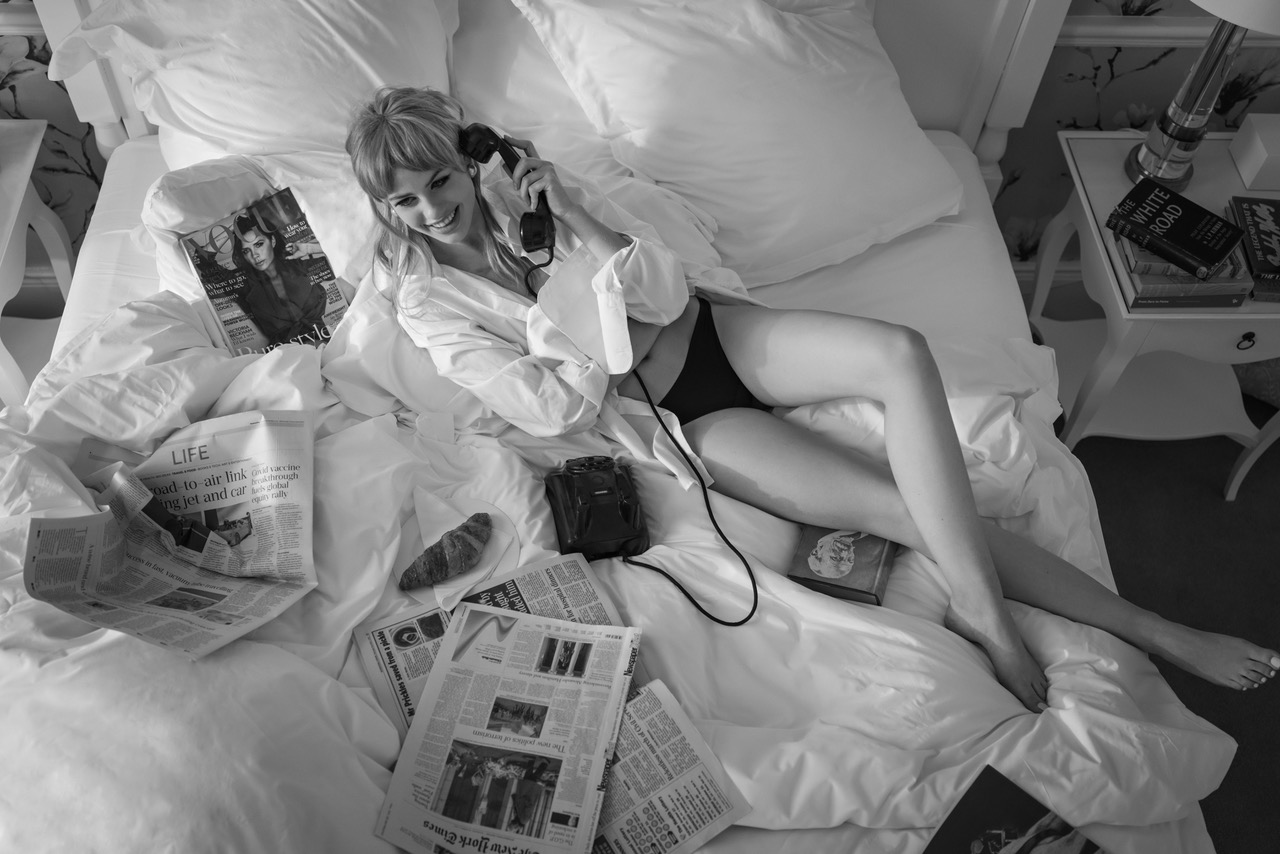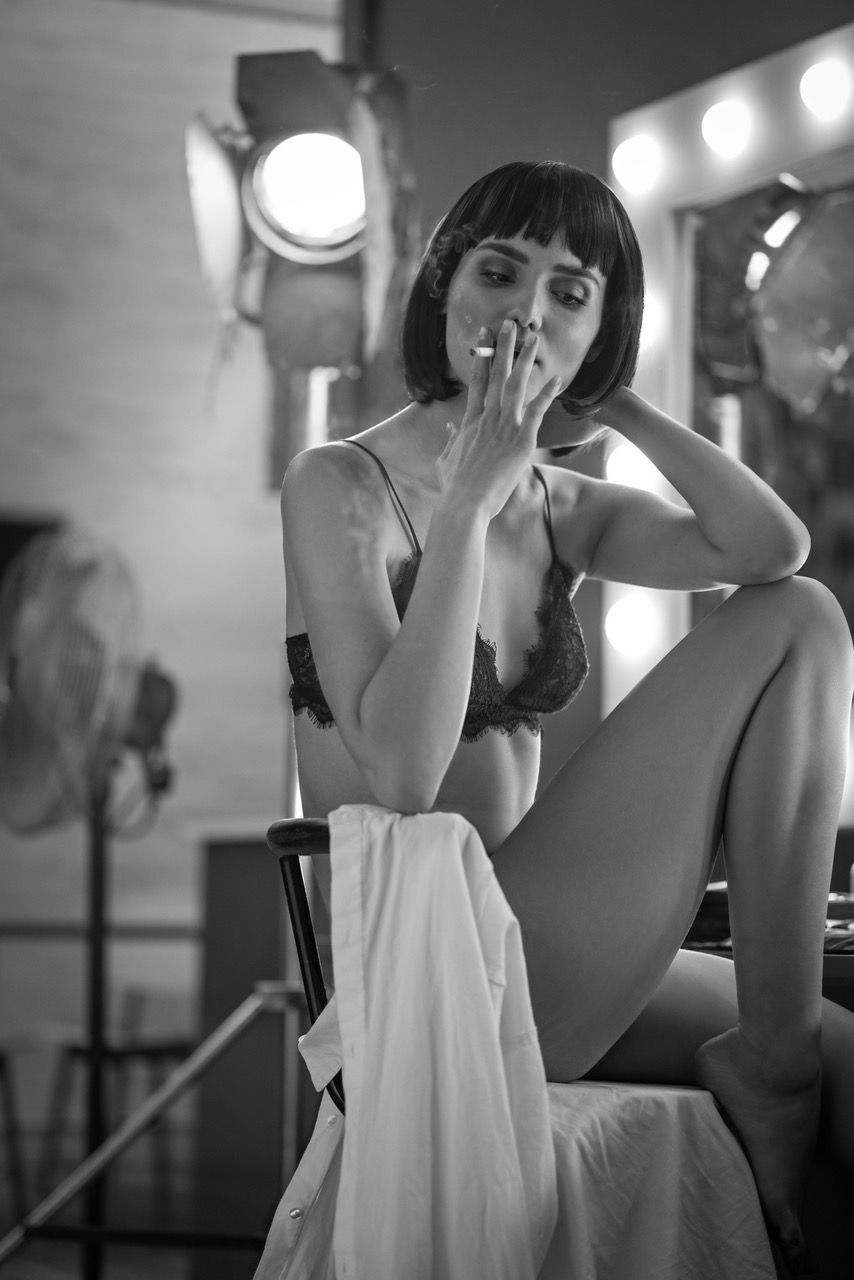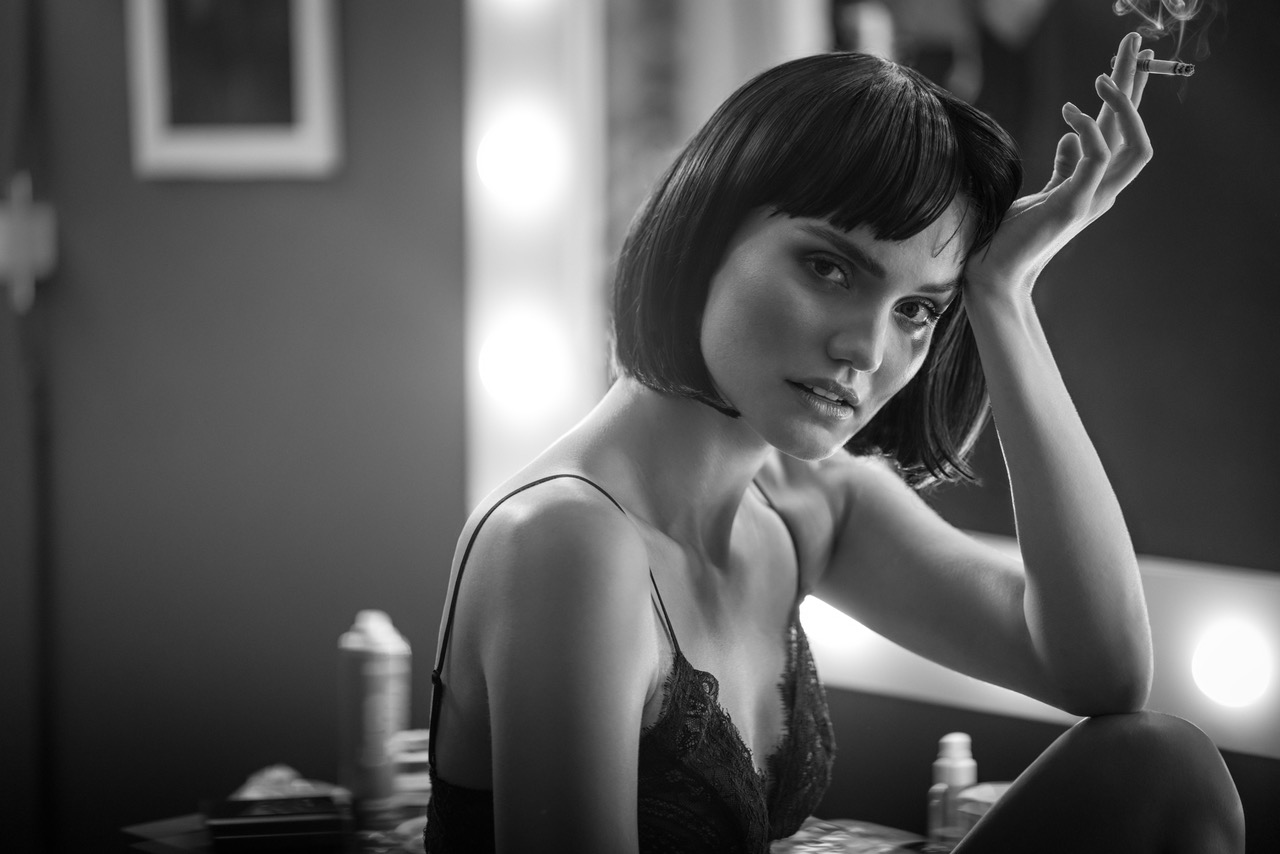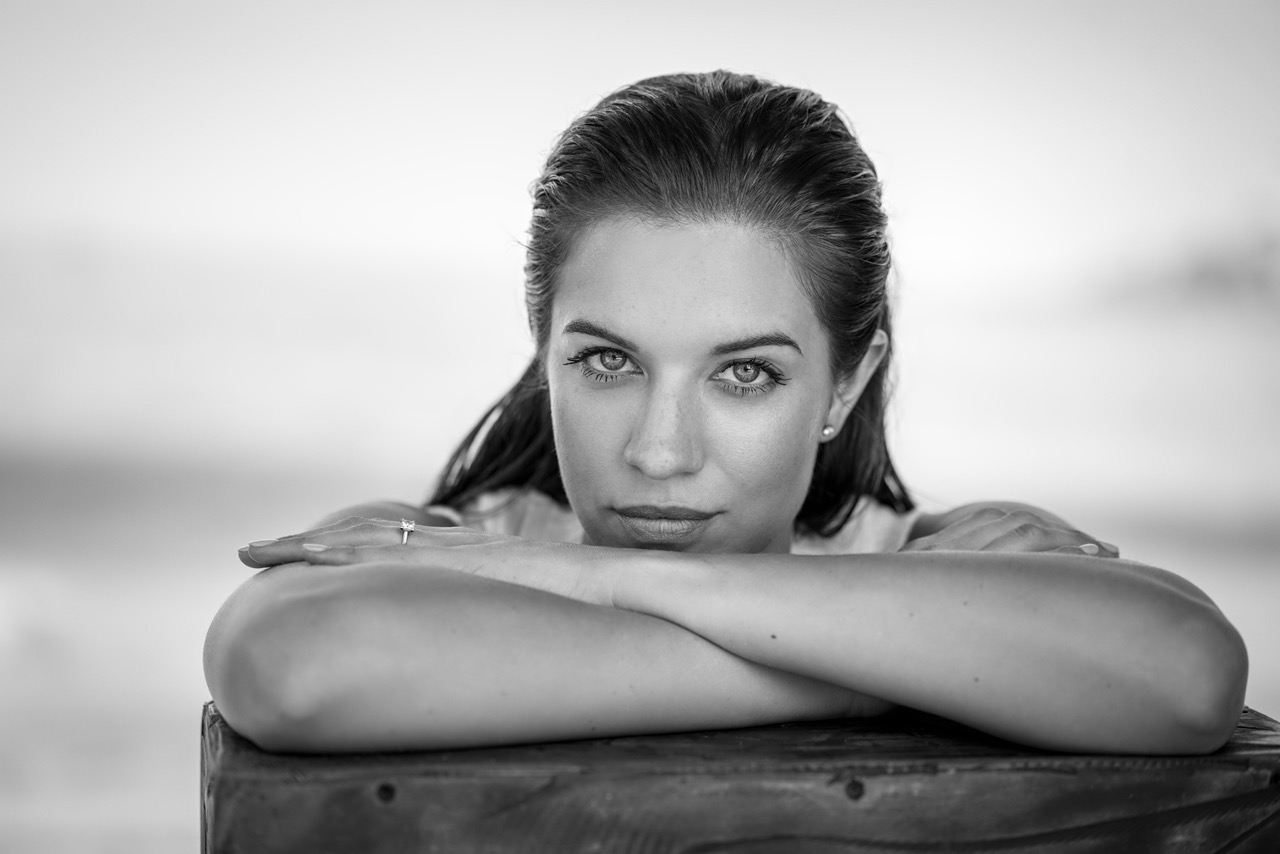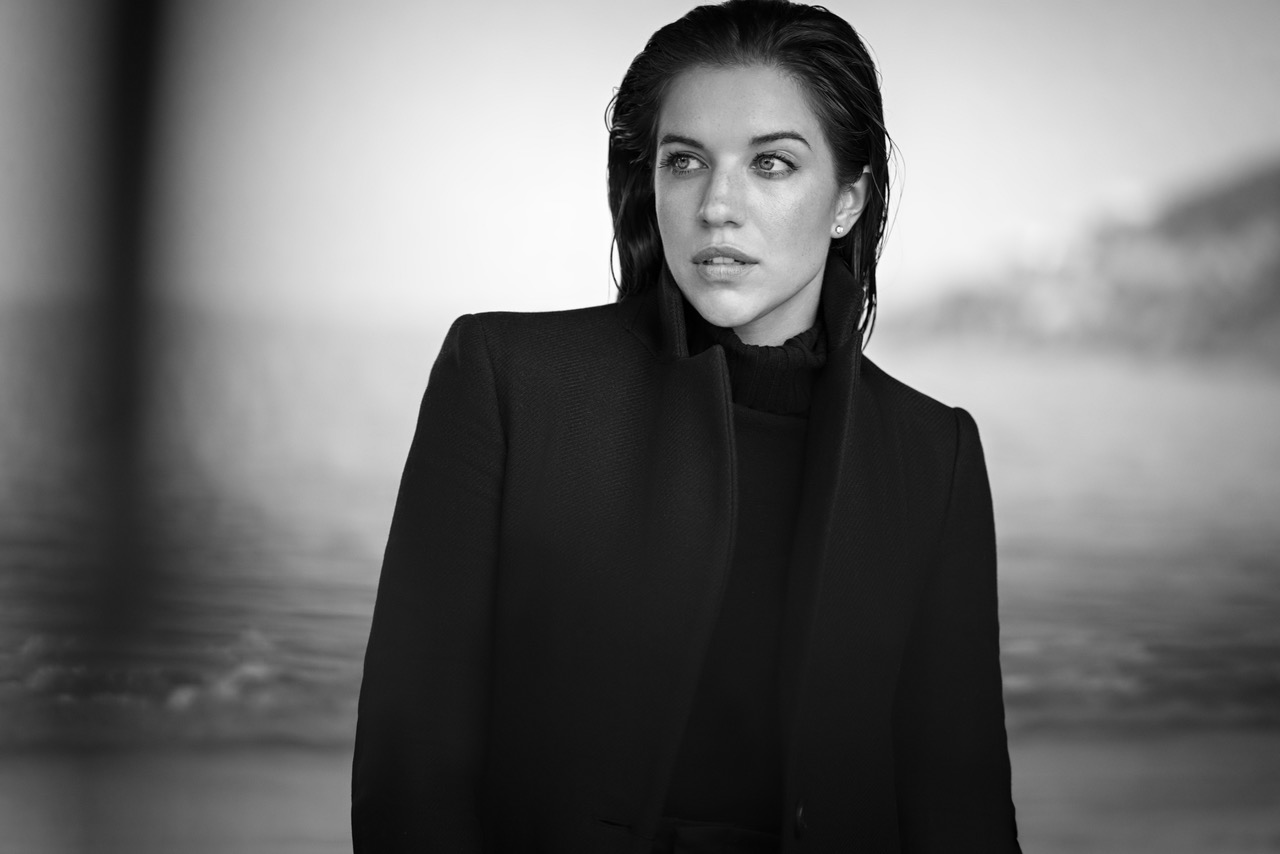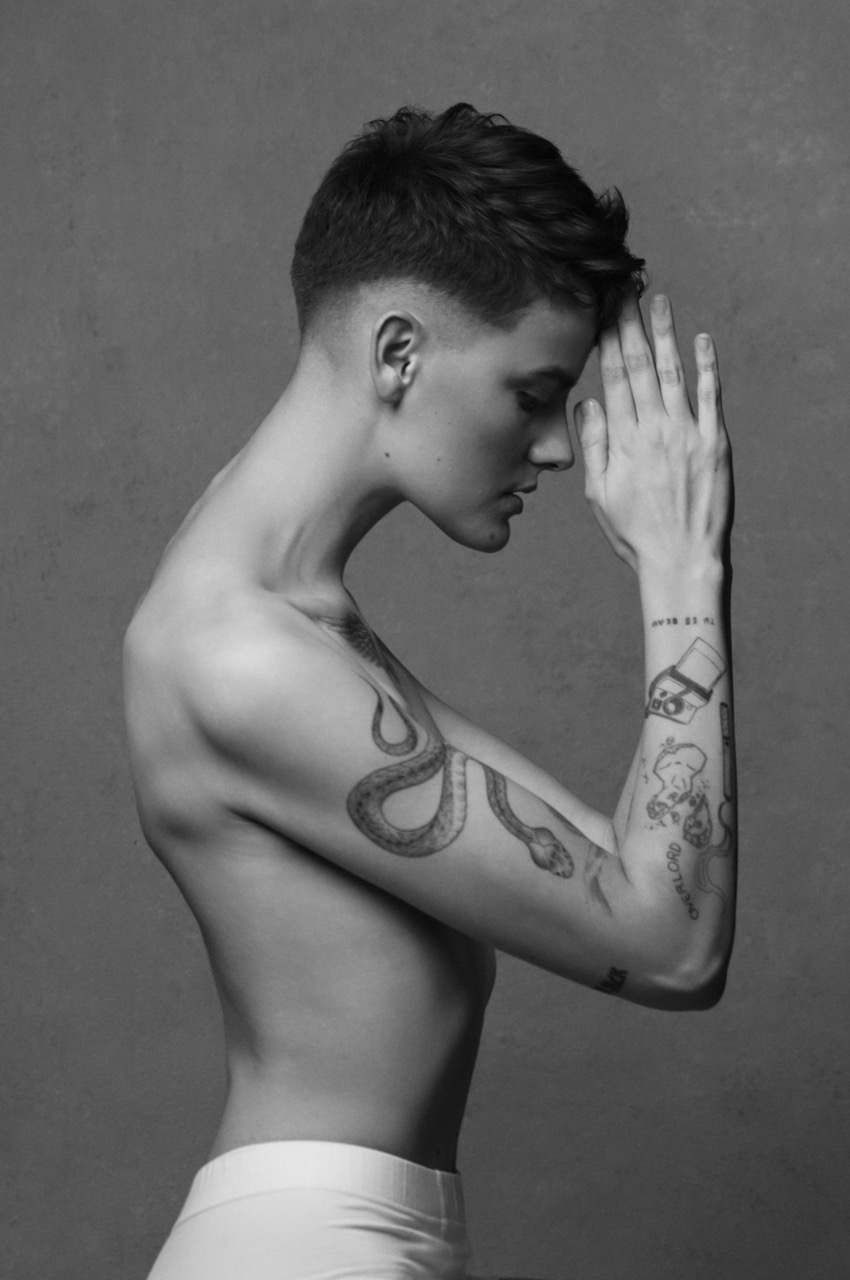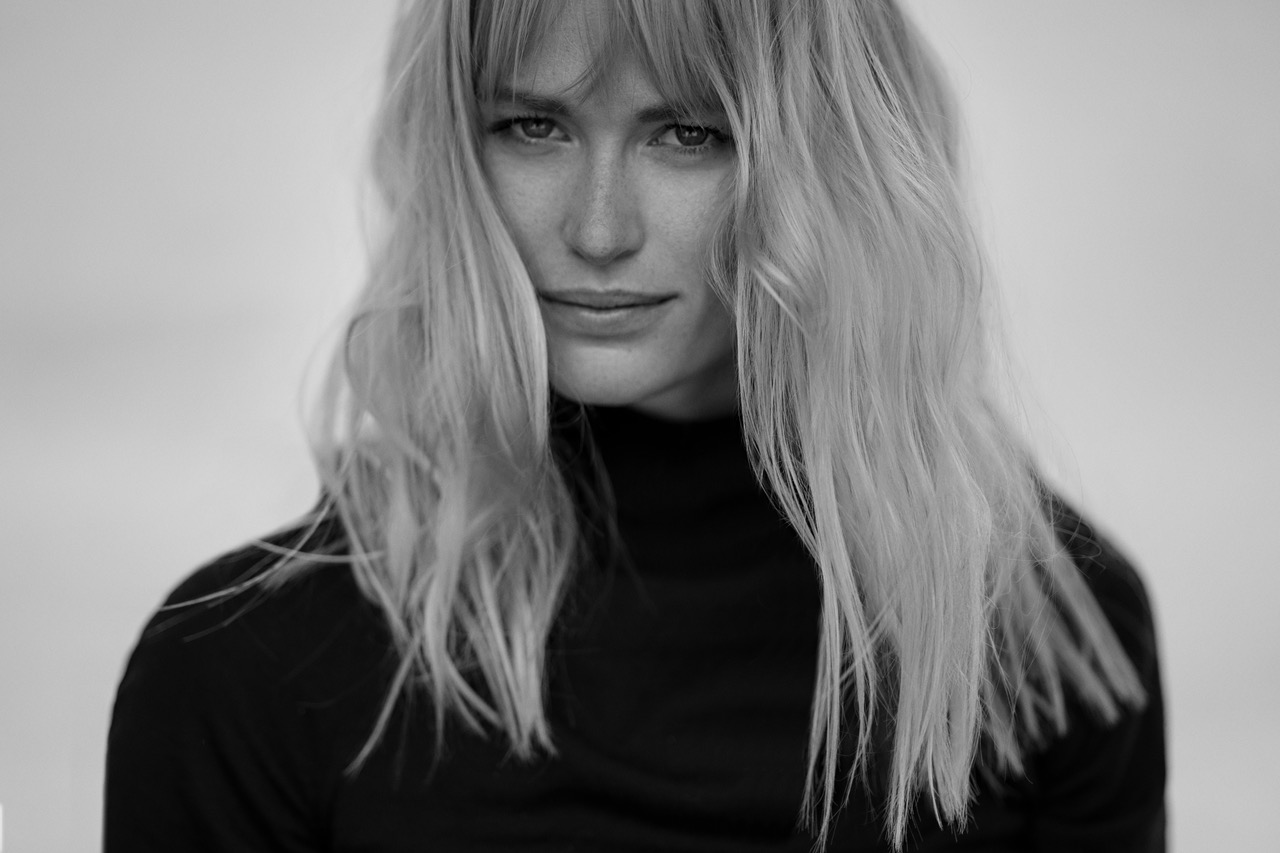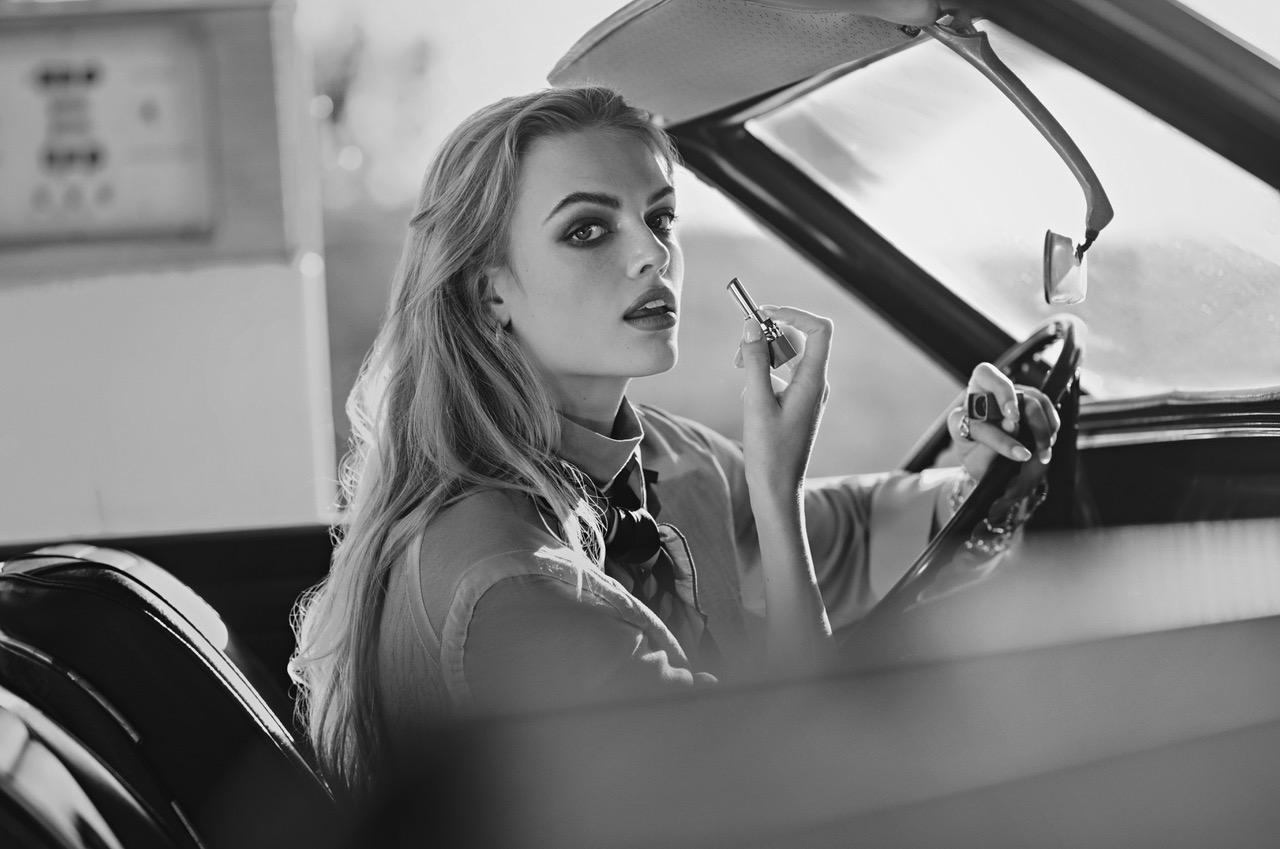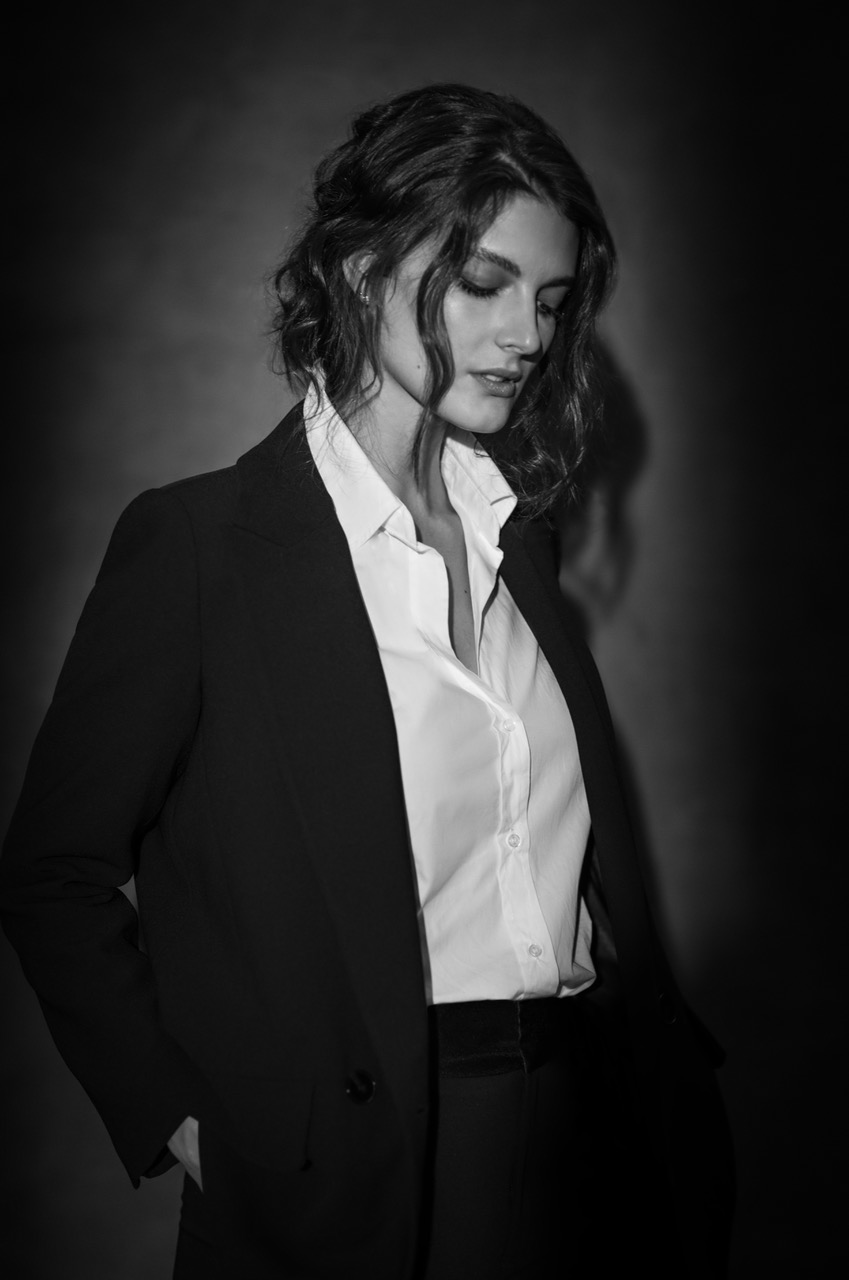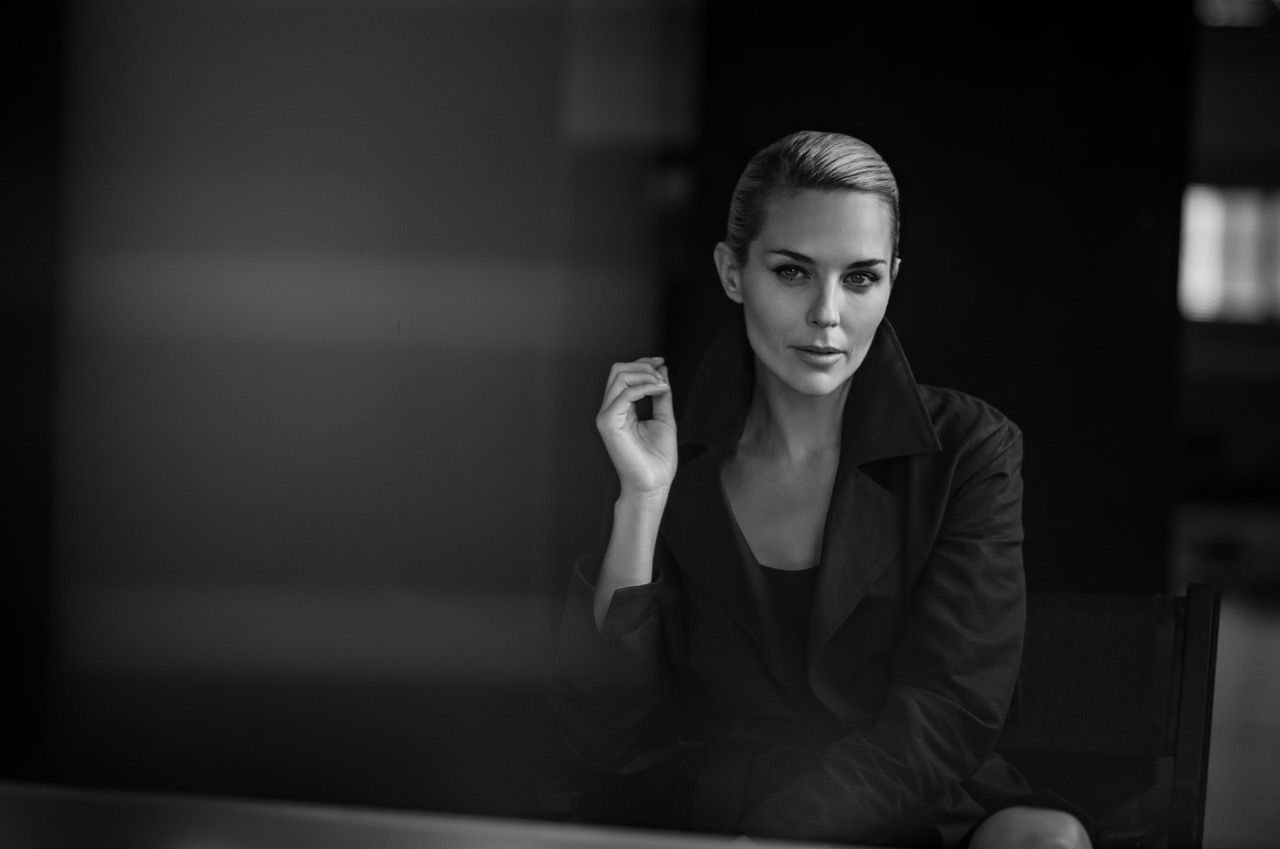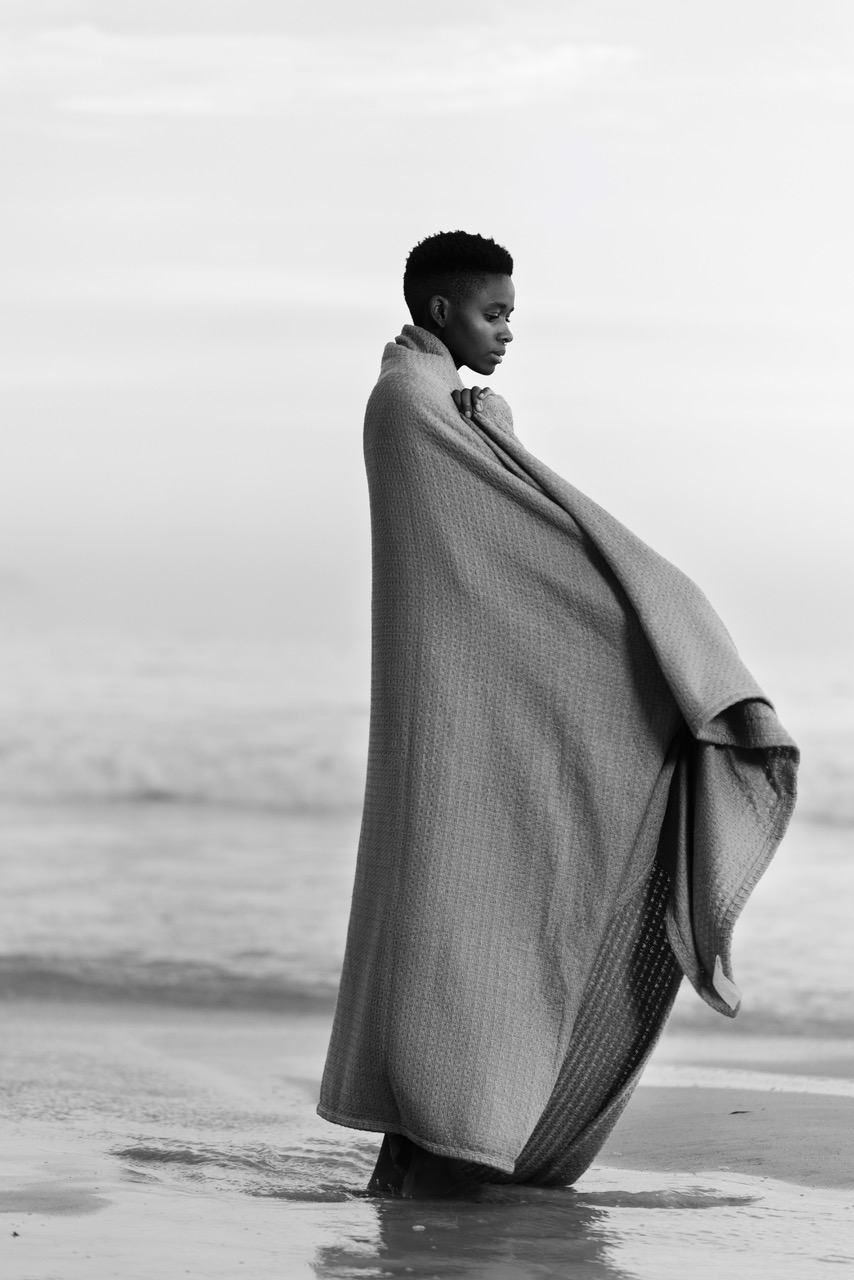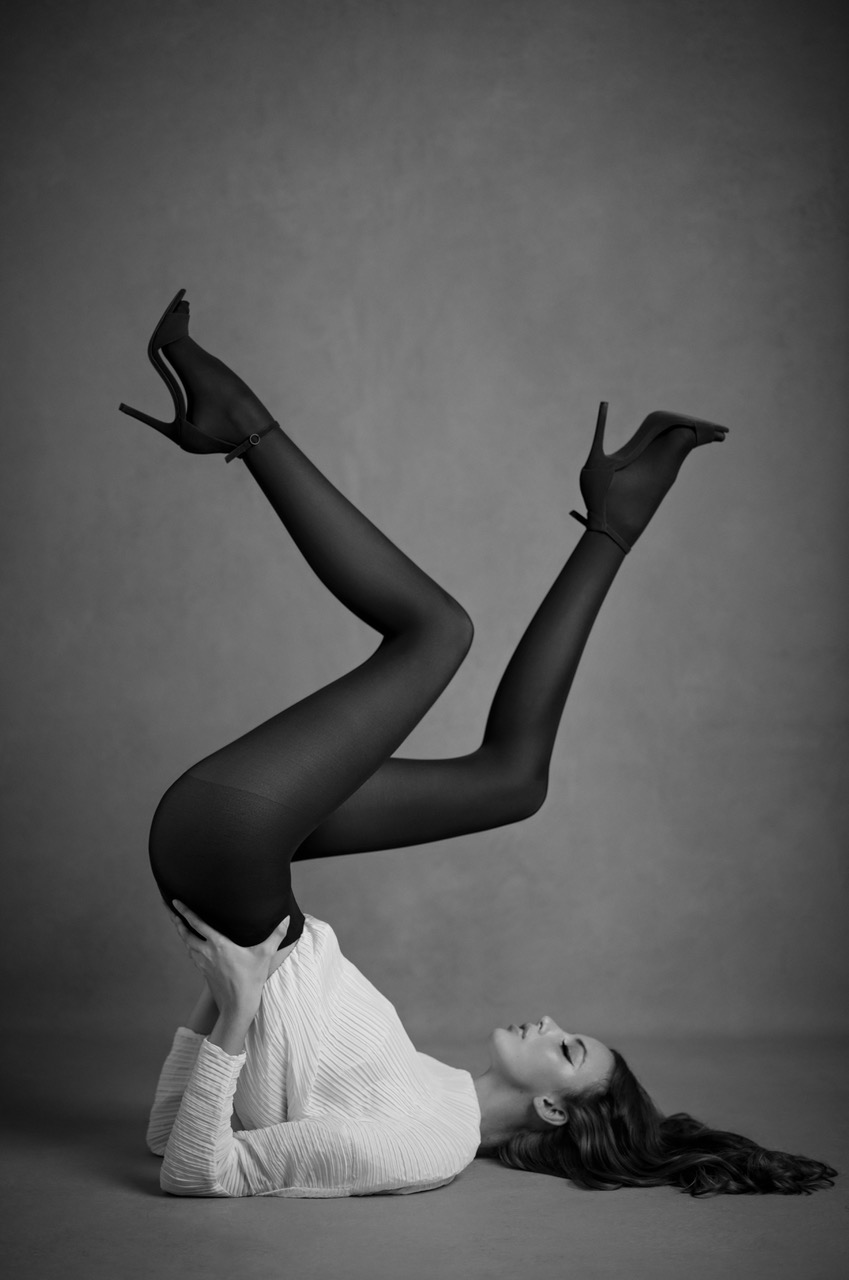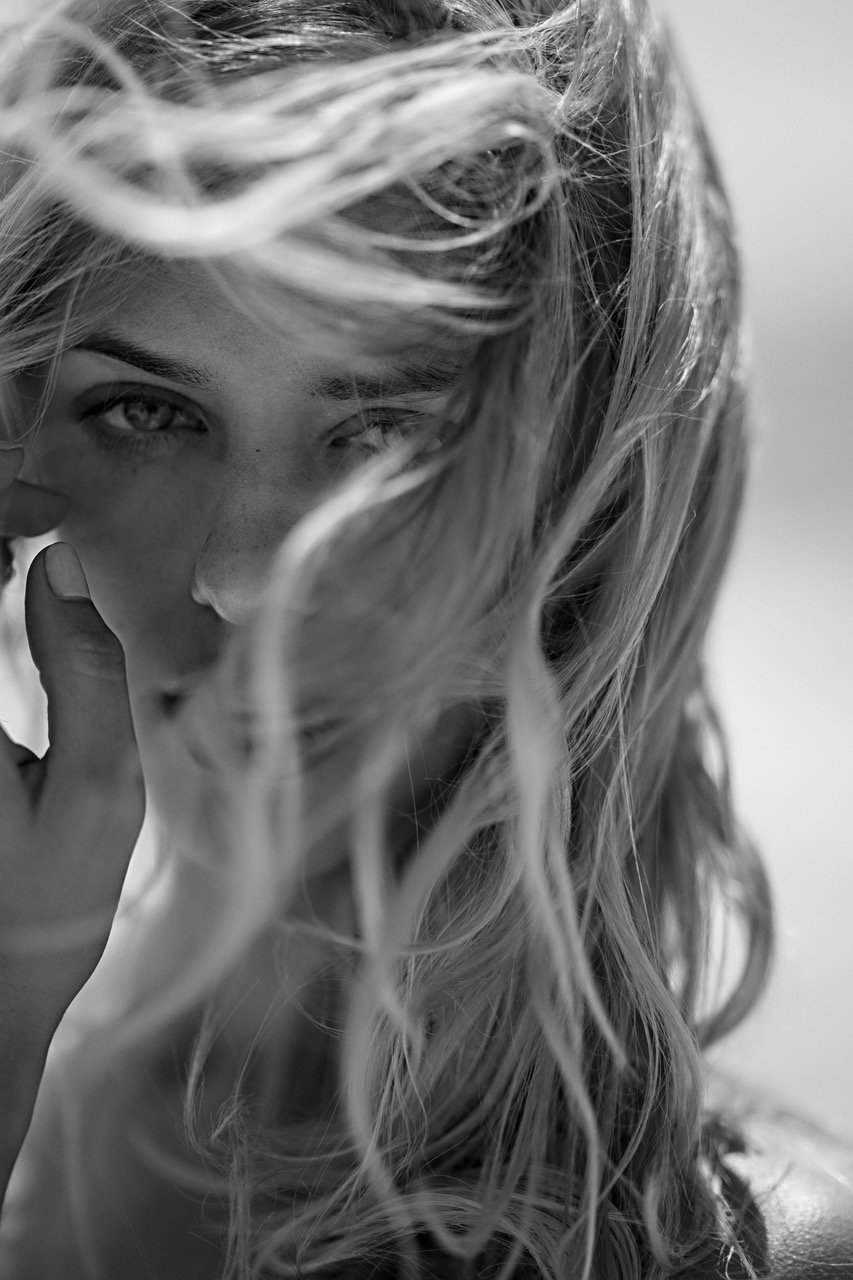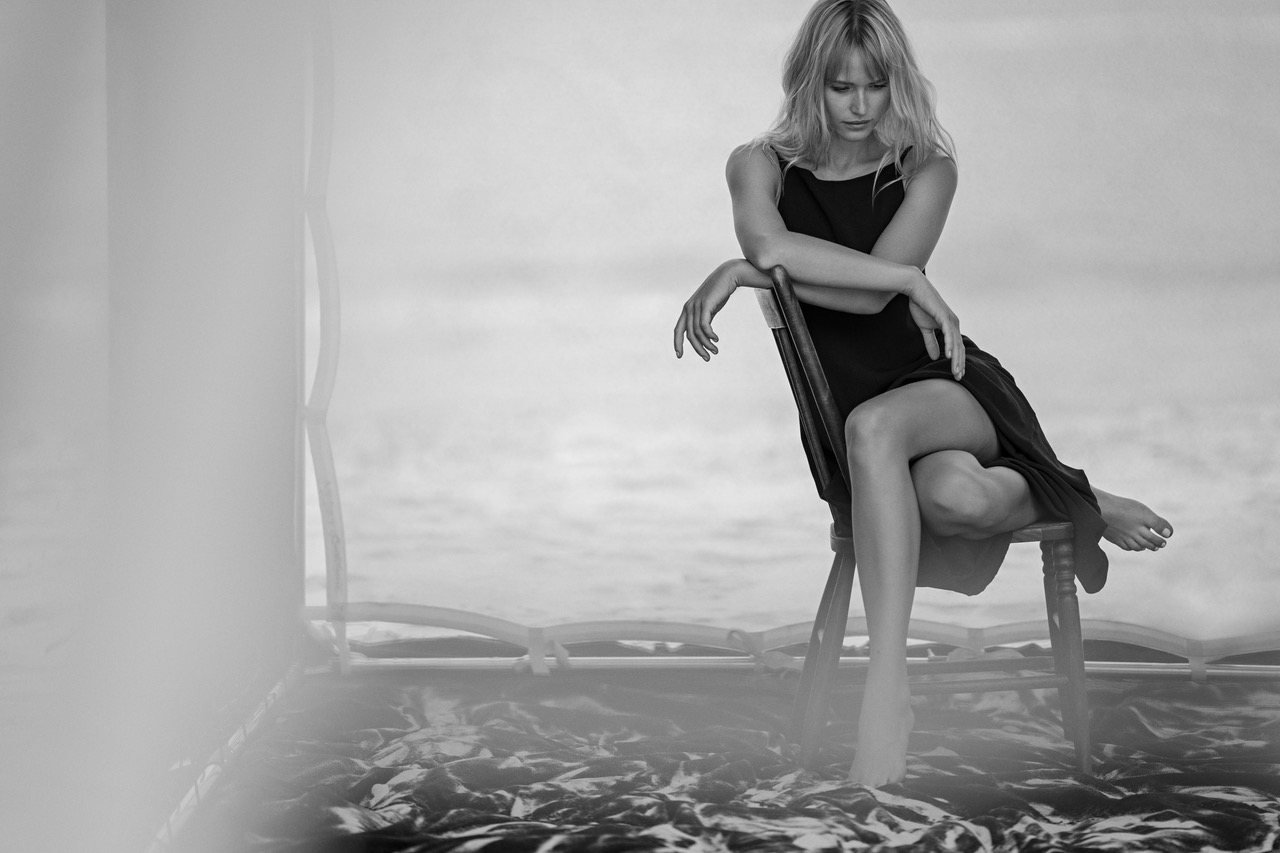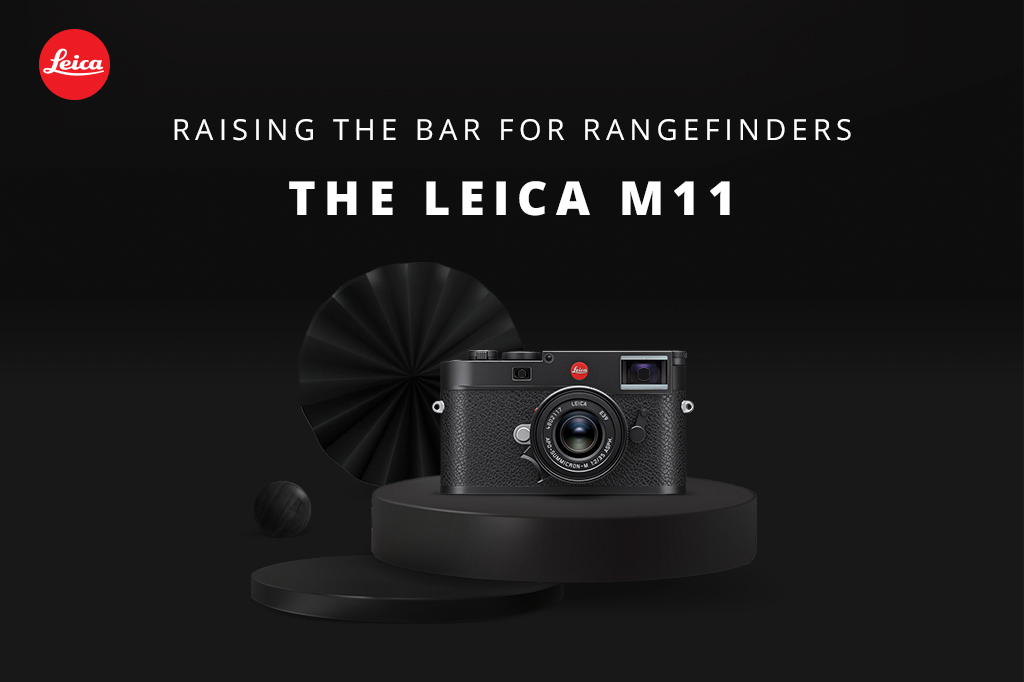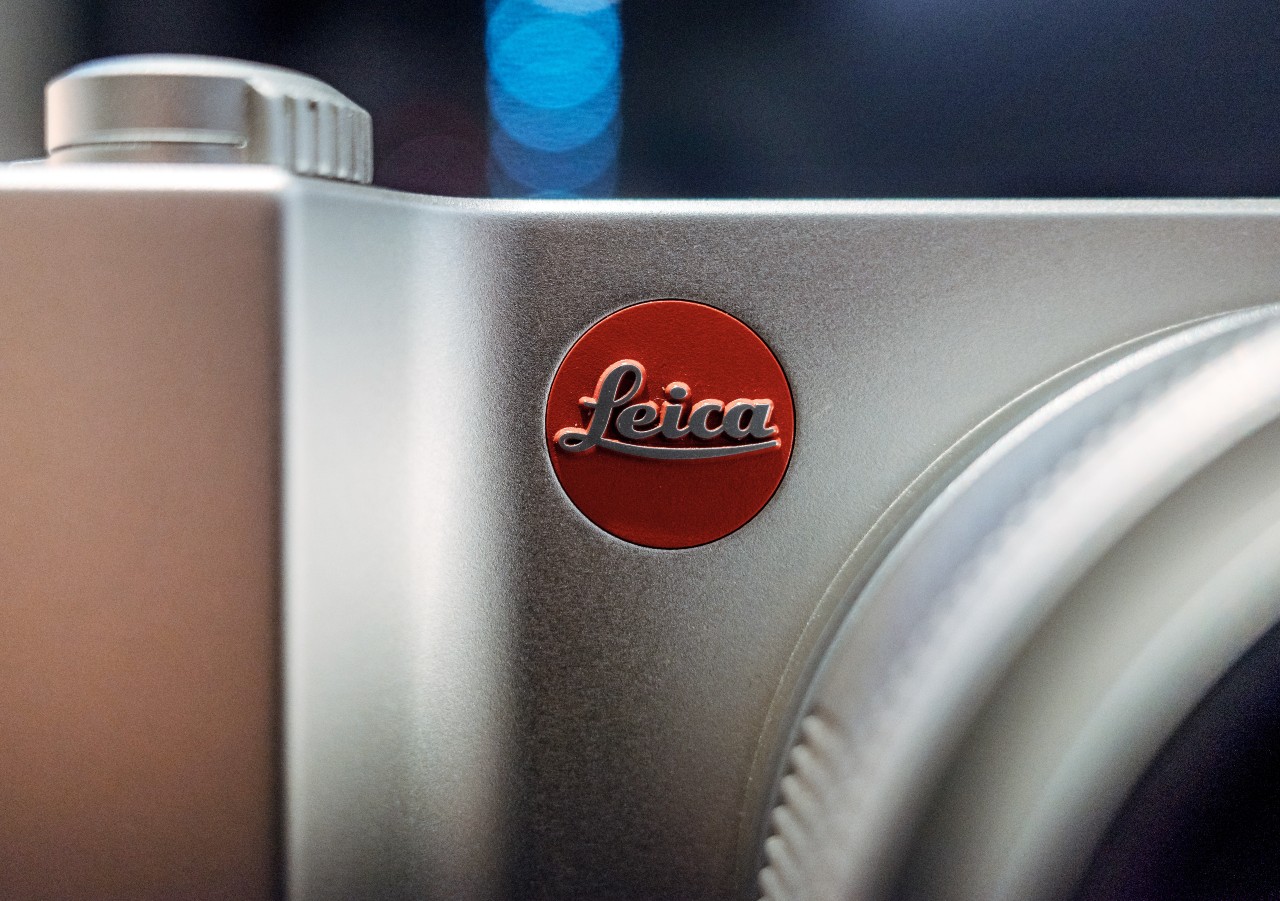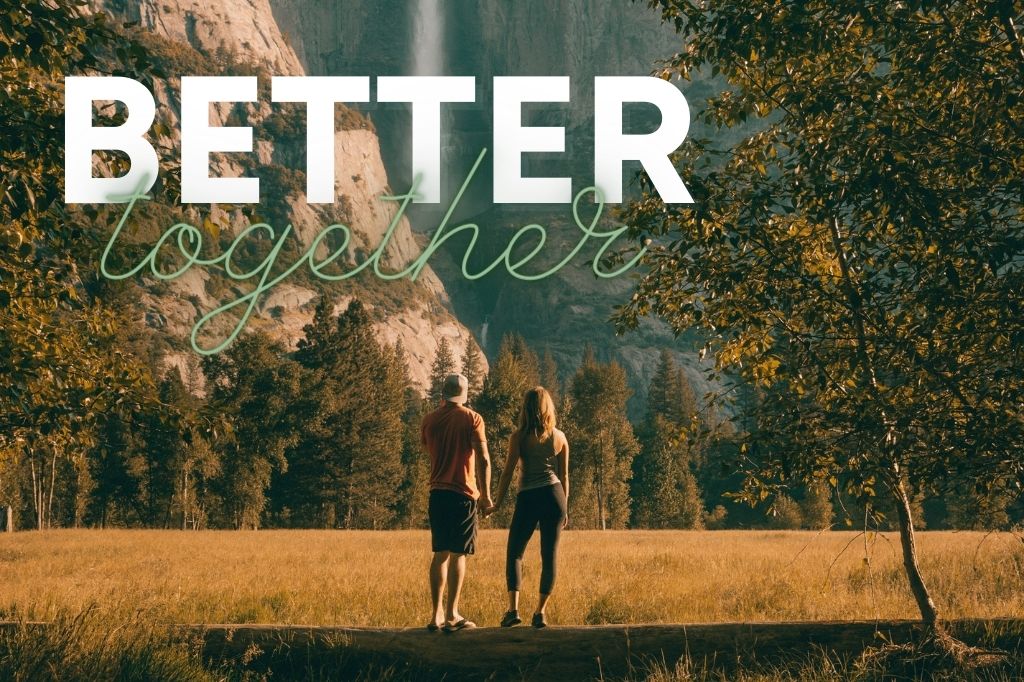Described as a “conjurer of light and shadows”, Cape Town-based photographer and Ambassador for the prestigious Leica brand Ramzi Mansour is known for his instantly recognisable black and white portraits. Hailing originally from Lebanon, Ramzi’s penchant for majestic B&W imagery developed from his appreciation for iconic 1980s portraiture, and the legendary work of the image-makers who documented the birth of the supermodel era in the 1990s. Ramzi seeks to pay homage to this ageless style of photography through his own unique work, while honouring his powerful subjects by capturing the authentic beauty contained in their most vulnerable expression.
We connected with Ramzi to dig into the origins of his passion for creating evocative black and white portraits, and how he combines the power of the Leica system and considered lighting to bring the untold stories in his subjects’ eyes to the forefront.
Discover Ramzi Mansour’s full portfolio, including short films and his first published collection of work, Resilience, on his website. You can also view his latest work on his gorgeous Instagram profile.
Ramzi shoots exclusively on Leica’s timeless M and S range cameras. You can check the conclusion of this interview to discover everything in his luxurious kit bag, and find out about the latest innovative Leica rangefinder, the M11, here.
Orms: When did you first fall in love with light, and the stories it can tell?
Ramzi Mansour: The first time I fell in love was actually pretty much the first time I took my first or probably second photo. I remember having my wife standing next to a tree and I photographed her. When I got home and took a look at the photos I realised that part of her had been in the shade and this was creating a silhouette on her face. This gave an almost 3D look that evoked an immediate emotional response in me.
I clearly remember getting on YouTube and typing “lights and shadows portrait photography”. From then on, I was hooked. Whether it was ambient light, studio light, strobe or continuous I wanted to learn, replicate and enhance my photography through the art of learning how to manipulate, bend and alter the lighting.
Orms: Can you tell us a bit about how you work with light in your images to bring your subjects and their essence to the forefront?
Ramzi Mansour: Great question. For me, it’s not as technical as it is a feeling. Depending on what I want the viewer to feel while looking at a photo is how I decide. Having the subject lit from the top evokes a completely different feeling than lighting than say from below. Same shot; different light and two different feelings. The first thing I always do is look at the eyes. My photos are very raw and have a connection with the subject’s emotions through their eyes. Once I am satisfied with how the light is rendering their eyes, I then add or subtract flags to basically create the image. This is often quite difficult because I want my models to have free reign on movement rather than posed contrived look, but I feel by creating those boundaries we are able to play within them and ultimately create.
Orms: How does this passion for light carry through into your editing process (i.e. how do you edit to bring out those qualities in the light that create such magical moments)?
Ramzi Mansour: To be honest, I do not edit at all. I am a photographer and so my job is to capture the moment. I have some of the best retouchers in the world clean and polish my photos, but it’s always the same instruction: dodge and burn and enhance what is there. Do not add nor remove anything from the photo nor retouch the photo in any way. Playing with highlights and shadow and maybe exposure and contrast. That’s it. If you can’t get the picture 90% as it’s supposed to be in-camera, then for me I think we should not call ourselves photographers. If we are going to start manipulating the scene, altering the features of the subject, removing and adding aspects to the photo then we haven’t taken an image, but rather created a perfected idea of what an image is supposed to be. That defeats how I photograph.
Orms: Please provide your top 5 tips for those who would like to get better at shooting beautiful, compelling images using either studio or natural light.
- What is the emotion you want to capture? More light or less light? Soft light or hard light? All are light, but all create a different emotion. Decide what it is you want and then use light to tell the story.
- Ambient light is beautiful for open scenery or storytelling. It’s the biggest and softest light you will ever find, but again, based on the time of day, clouds and the weather, it will evoke a different look.
- Studio light is where I love having fun. I love strobes, but more than that I love continuous HMI lights. I can have the look of the sun, but not be restrained by time and how the sun moves. I can create the scene that I visually have in my mind without worrying about losing light.
- Don’t be afraid of experimenting. Do the shots that are what you need, and then spend 25% of your time experimenting. The theory of light and its capabilities are infinite and you will never learn it all. But with each trial and error, you will start to recognise what works for your style and also how it contributes to your style.
- Shoot in black and white. If you are shooting say 5 days a week, take 2 to shoot exclusively in black and white. Because there is no colour your brain is forced to look at the tonality of light rather than anything else, so you become more accustomed to how light is created and how shadows and highlights add depth and emotion to the story you are telling.
Orms: Finally, tell our readers about some of your favourite gear that you use to create your stunning images. What are you shooting on (bodies, lenses, etc.)?
Ramzi Mansour: Even before I became an Ambassador for Leica I was using their cameras and lenses. My first camera was a Sony A7RIV and although it was great, I found it too computerised for me. It was so technically brilliant that I didn’t have to do anything except press the button.
When I was in London I passed by Leica Mayfair and got myself an M- Monochrome. It was the second generation black and white only sensor Leica produced and it was a rangefinder. No autofocus. No eye-tracking. I immediately fell in love.
From taking 1000 pictures in a shoot I went to taking 100. But these 100 were absolutely beautiful, mainly because I had to slow down and almost have a waltz of sorts with my subject until that moment arrived and I would press the shutter. It slowed me down and I became more aware of my surroundings and my depth of field and so many other technical aspects.
Within 2 years my photography evolved and so did my gear. I became fascinated with medium format and took the leap to go full medium format again with Leica. I have never looked back.
Currently, I own a Leica M10 Monochrome, a Leica M10 R, a Leica SL2, and a Leica S007. For the M series, I have the 35mm, 75mm and 90mm lenses. For the SL2, I own the 35mm, 50mm, 90mm, 24-90mm and 90-280mm lenses. Finally, for the S007, I use the 40mm, 70mm, 100mm and 120mm glass. I also have adapters for my Leicas that allow me to use vintage lenses from Pentax, Contax and Hasselblad.
My go-to studio setup is the Leica S007 paired with the Summarit-S 70mm f/2.5 ASPH and another Leica S007 paired with Summicron-S 100mm f/2 ASPH. For holidays, my favourite pairing is the Leica M10 Monochrome with the Leica APO-Summicron-M 50mm f/2 ASPH.
